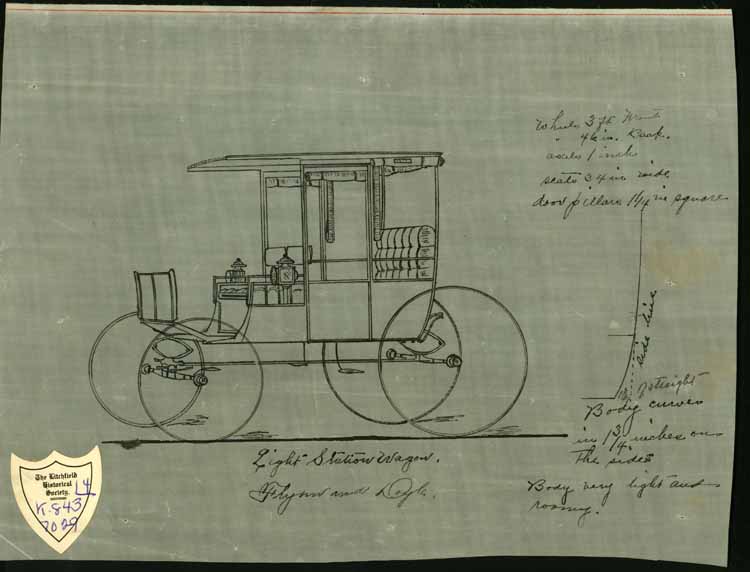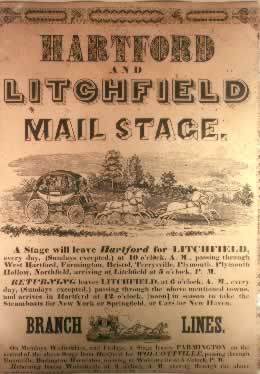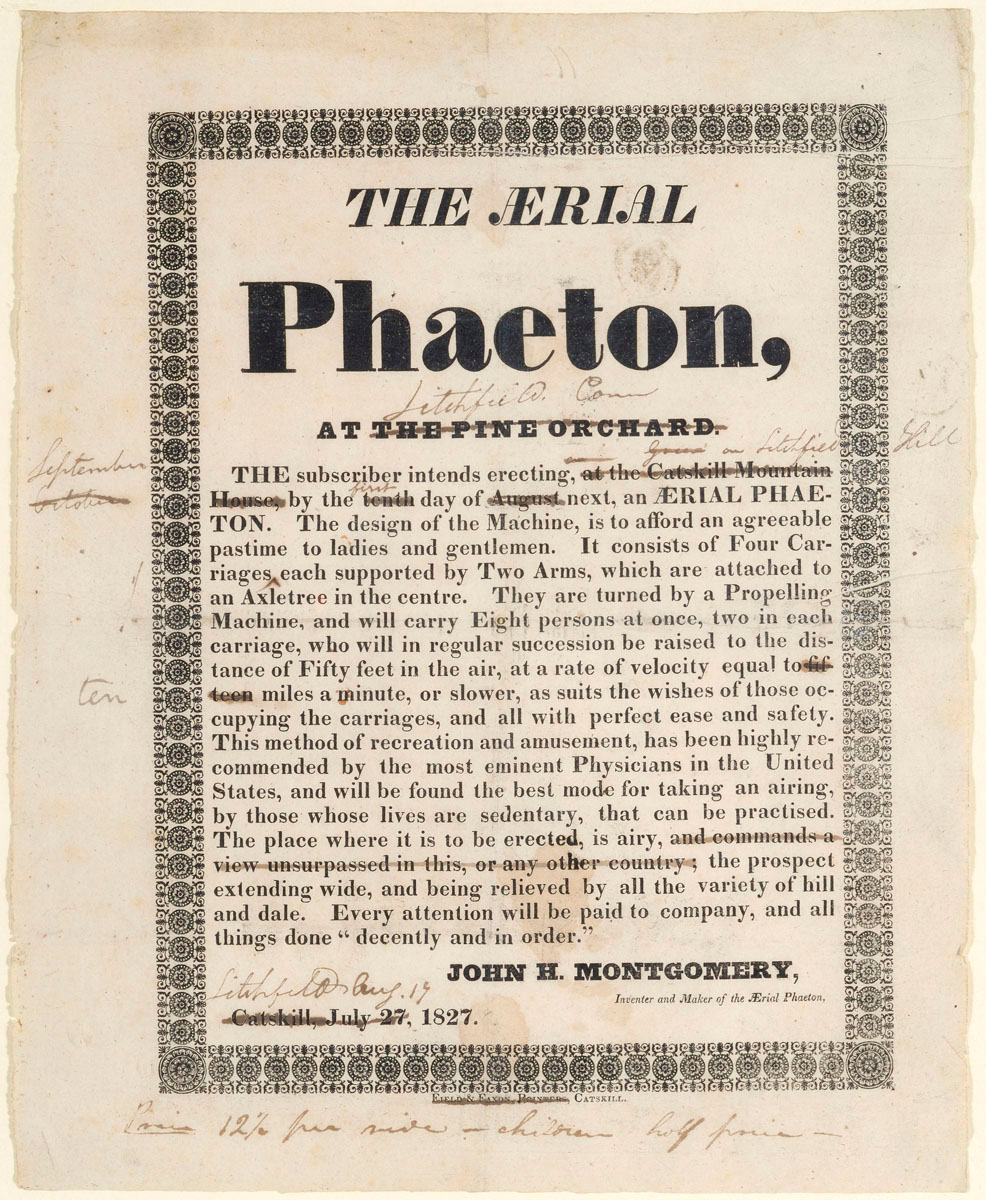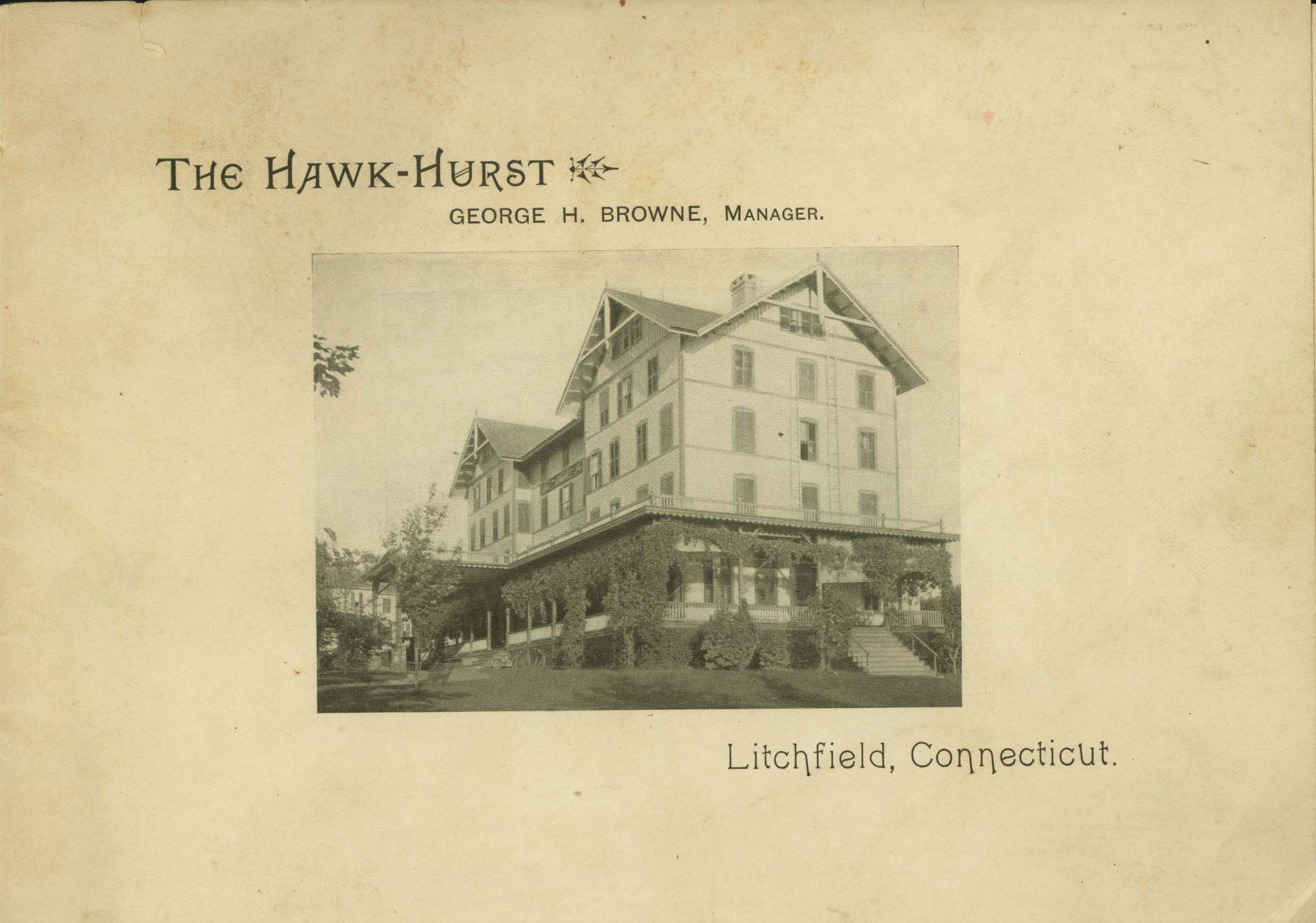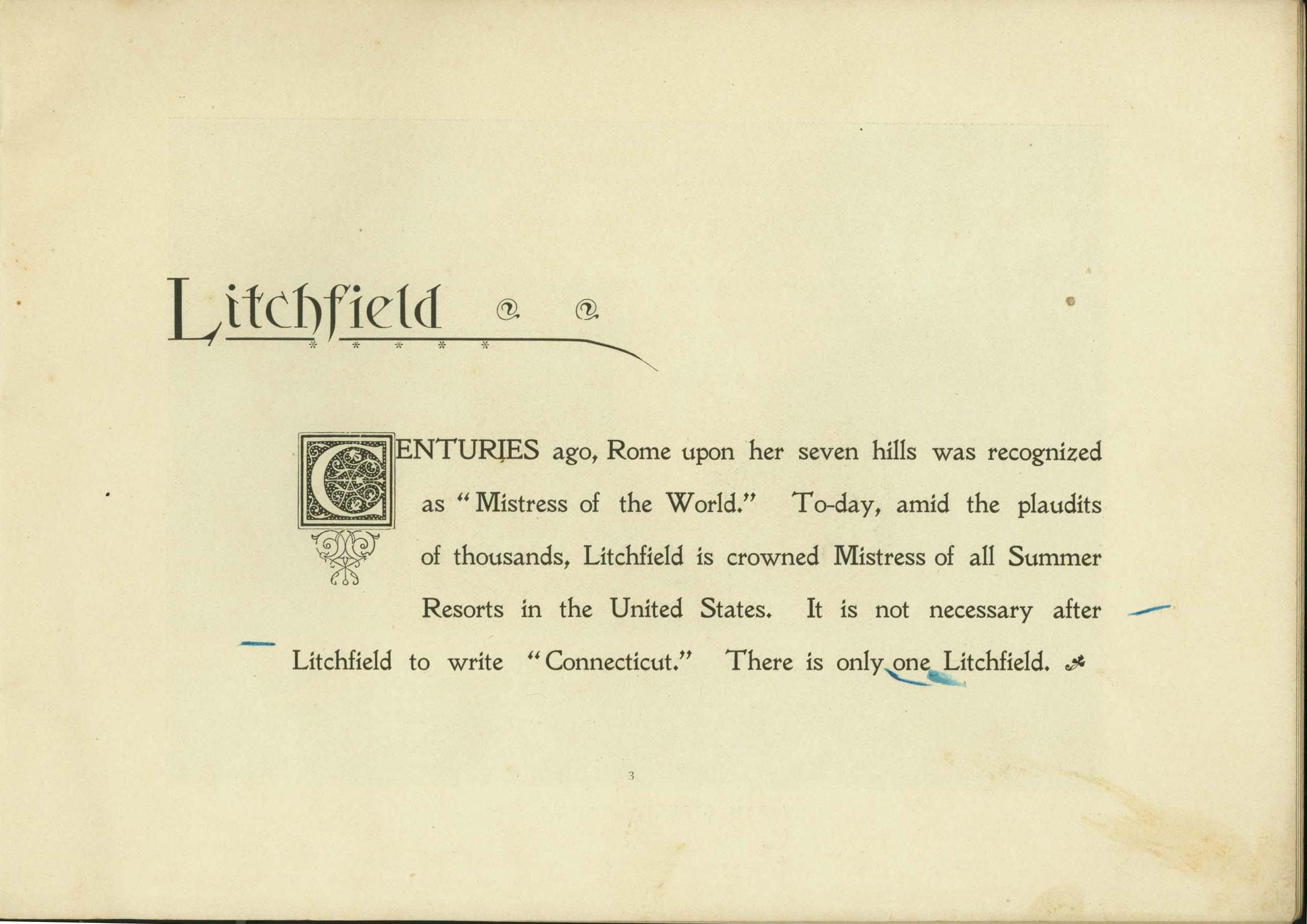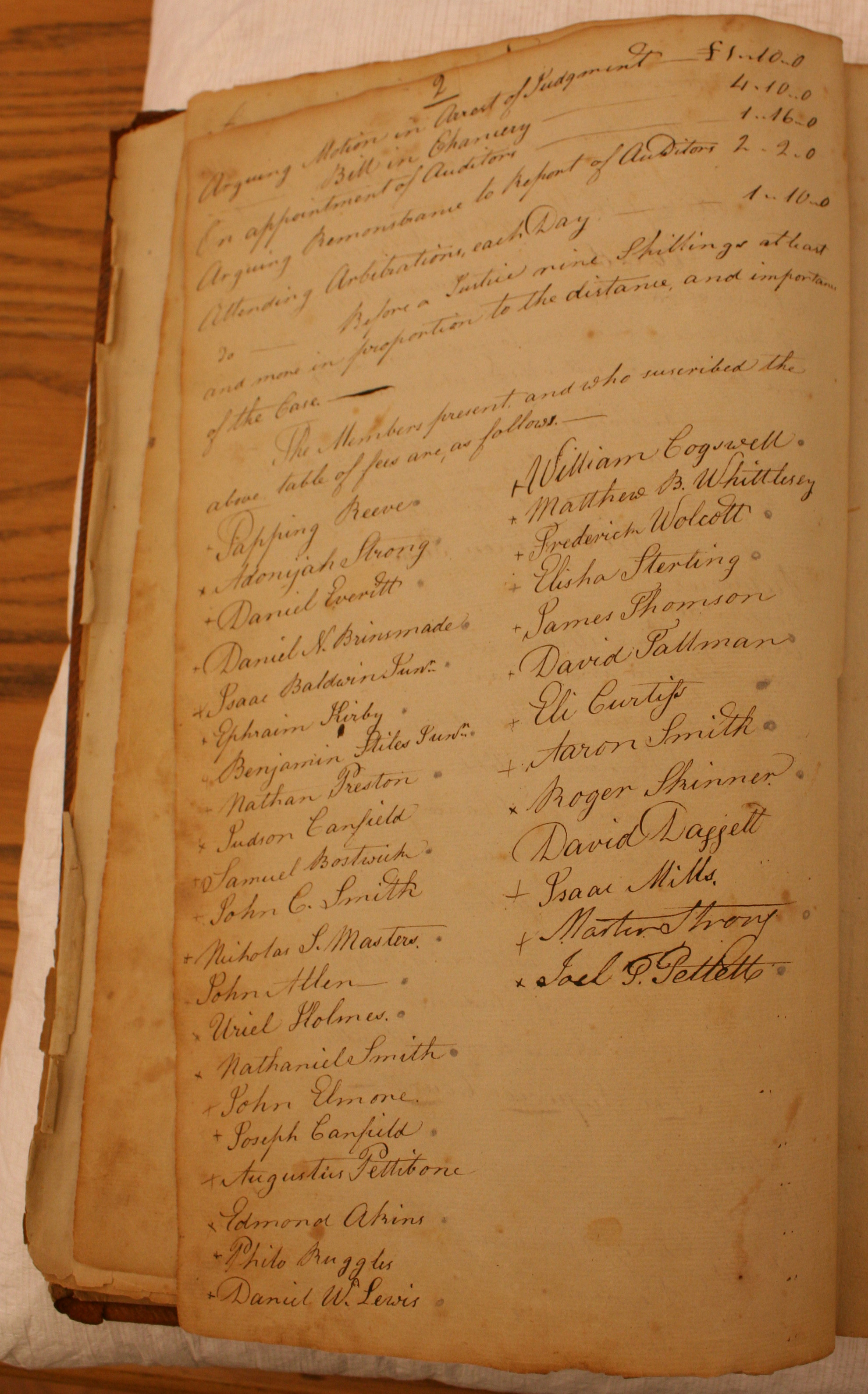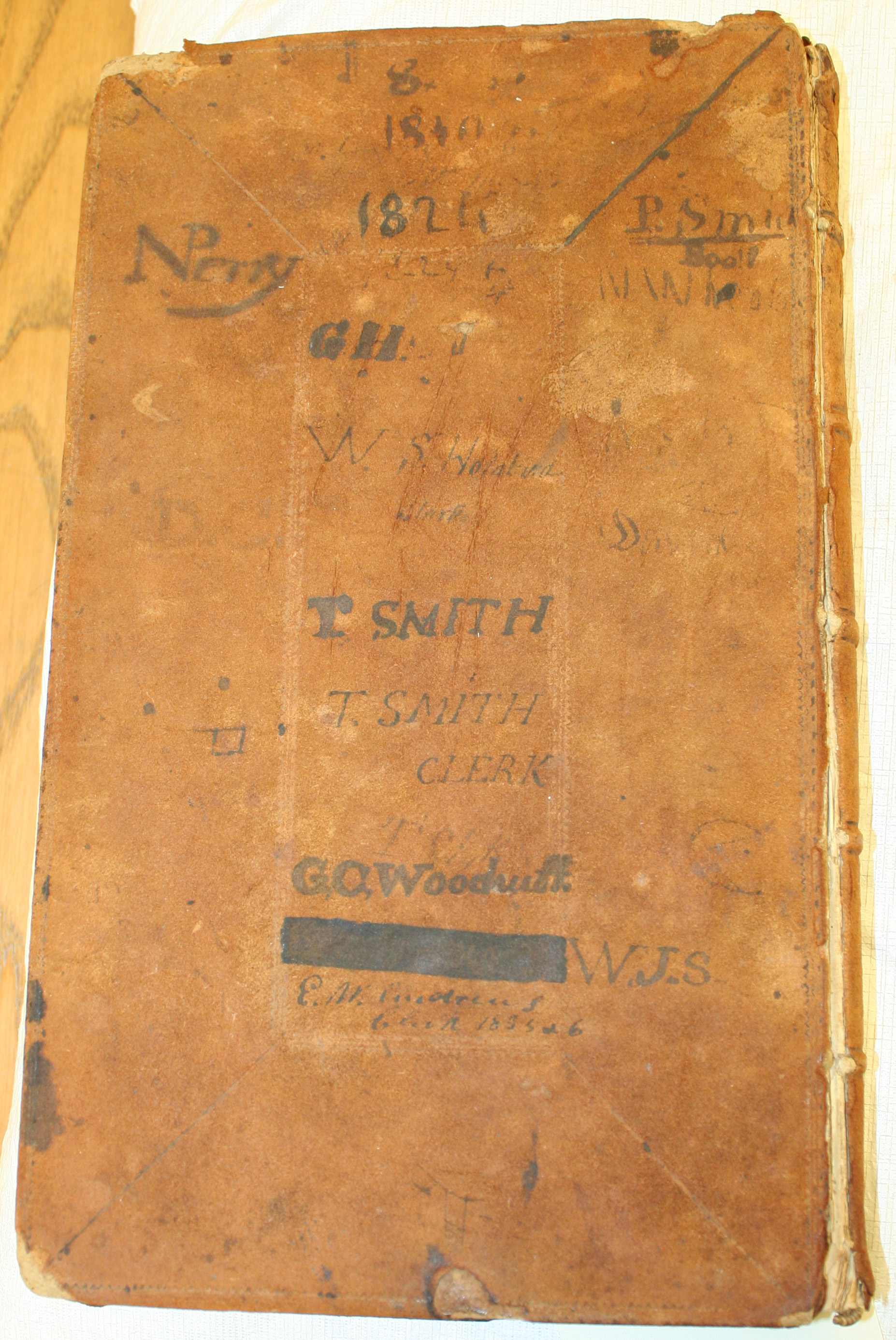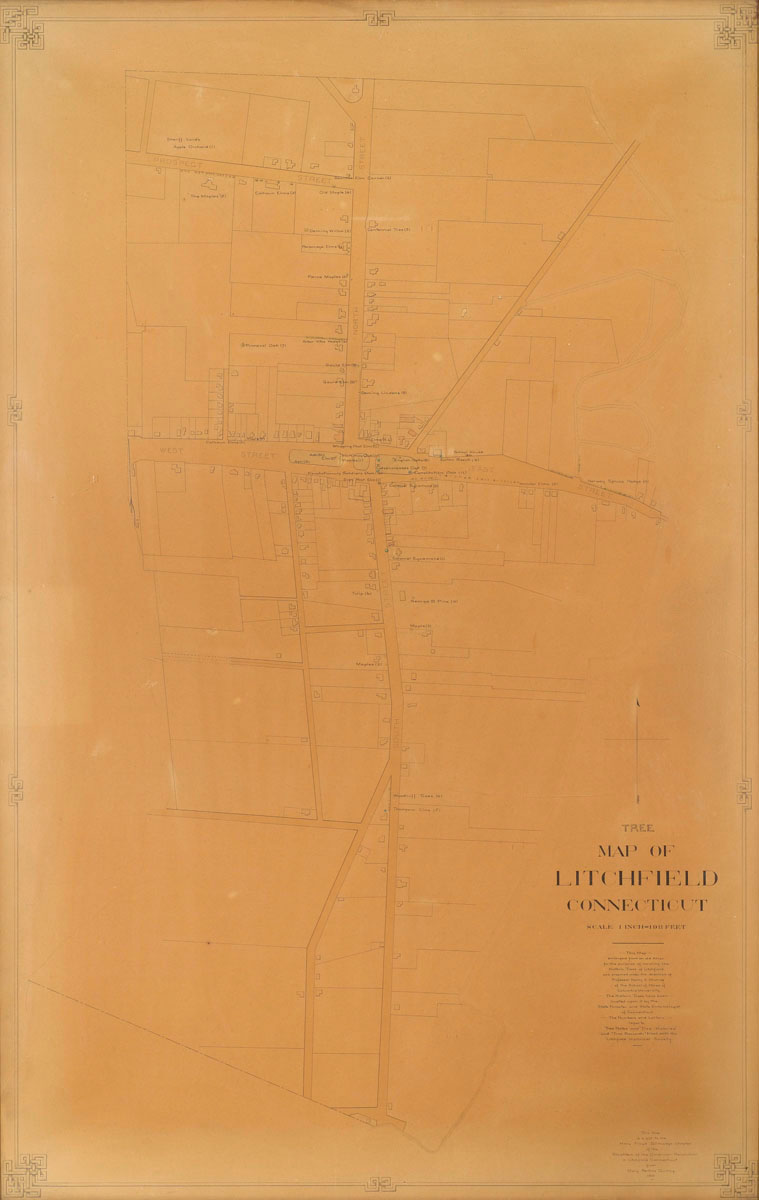
Tree Map of Litchfield
In case you have had your fill of the Royal Wedding, today also happens to be Arbor Day. This Tree Map of Litchfield, part of the Deming, Perkins & Quincy Families’ Papers, was a gift of Mary Perkins Quincy to the Mary Floyd Tallmadge Chapter of the Daughters of the American Revolution in 1901. It was prepared under the direction of Professor Henry S. Munroe of the School of Mines of Columbia University. Quincy authored Tree Histories of Litchfield: A Monograph by Mary Perkins Quincy in 1901.
She wrote, “To the future guardians of our village trees, are now lovingly committed, the map commemorating their sites and their Histories.” She notes that the manuscript was read before the DAR on Tuesday, October 29, 1901 at the residence of the Misses Buel on North Street. She provides detailed accounts of local lore about various trees, including one supposed to have grown from Colonel Benjamin Tallmadge’s riding whip.
The Society has recently received a number of questions regarding trees. We’ve also been notified of a great resource for finding information about them- notabletrees.conncoll.edu. Click on “towns” and “Litchfield” to find information about local plantings, or stop by to read Tree Histories of Litchfield.
